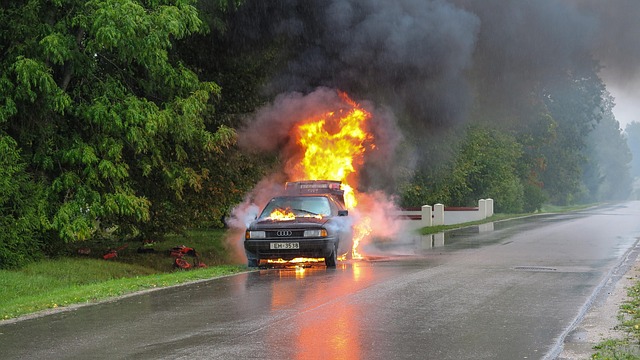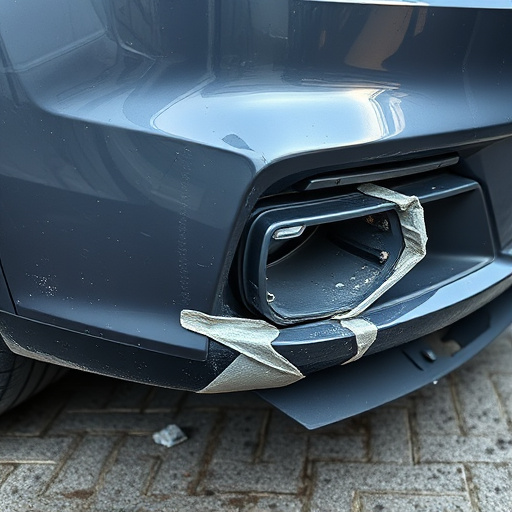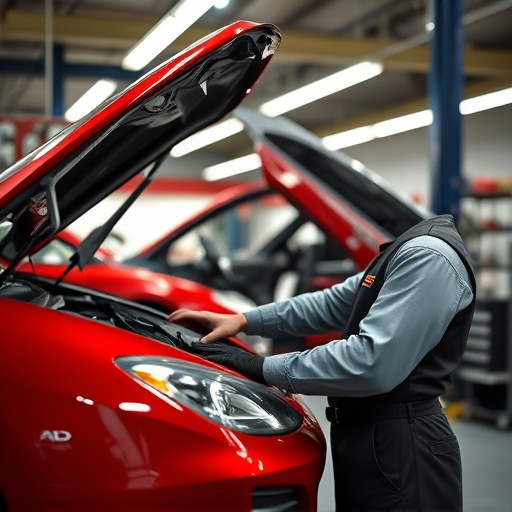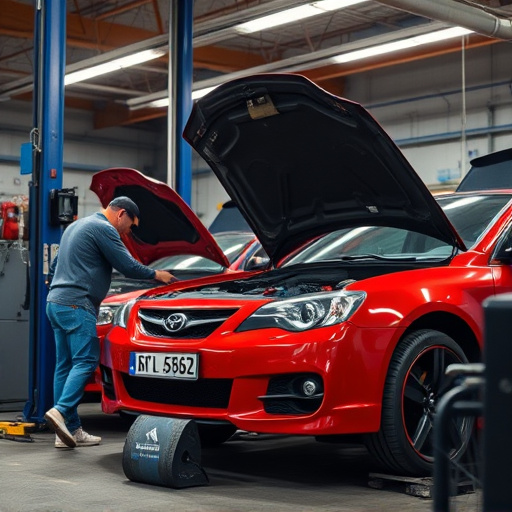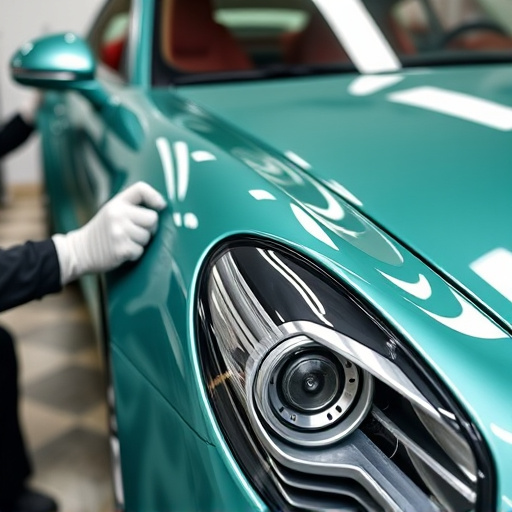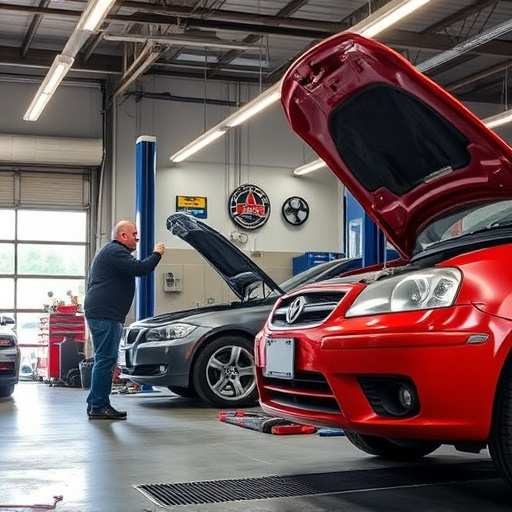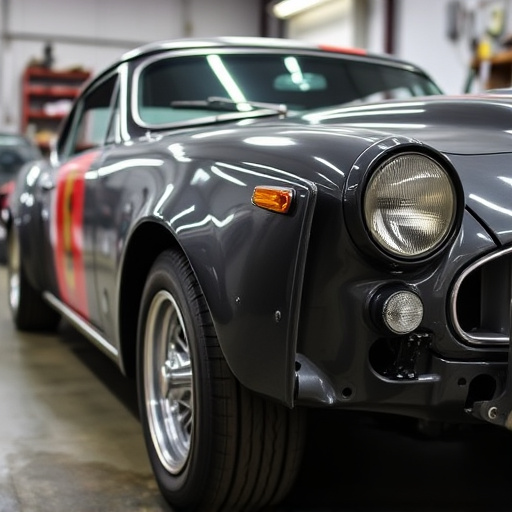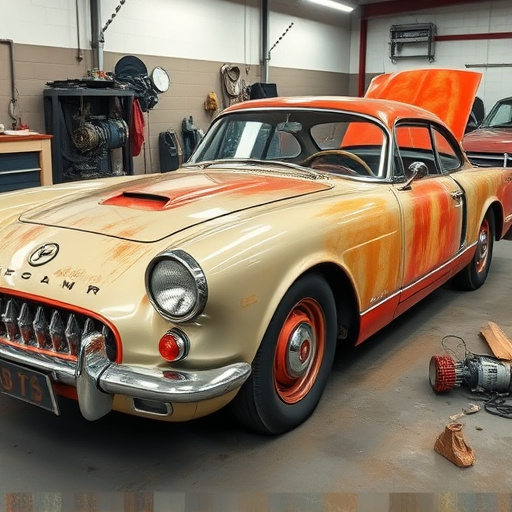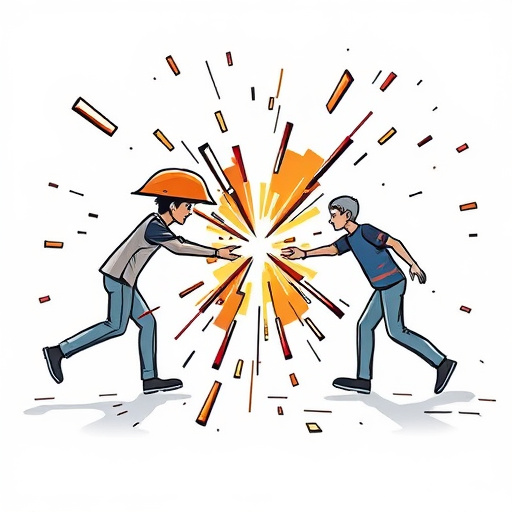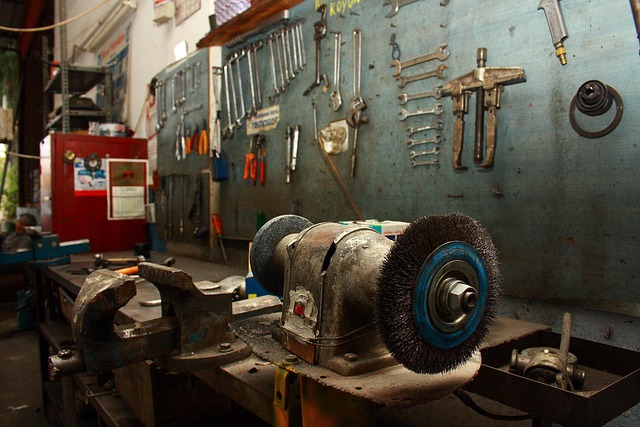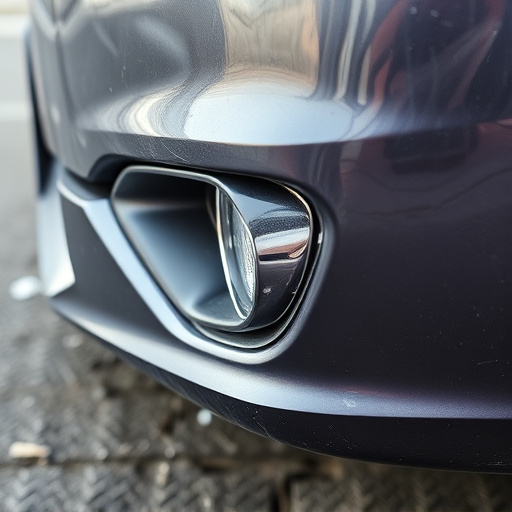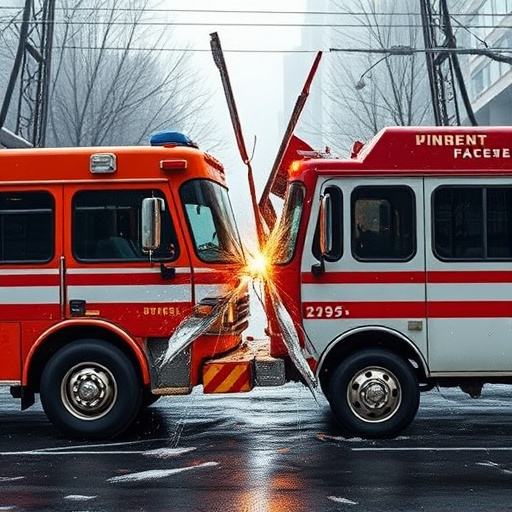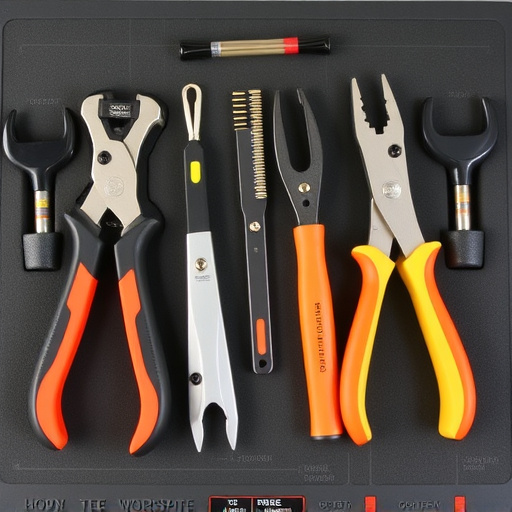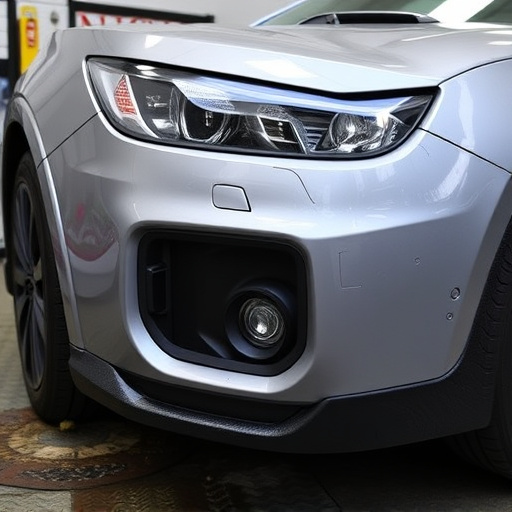3D car scanning technology revolutionizes auto repair by providing accurate, efficient data capture for detailed 3D models, benefiting luxury brands like Mercedes Benz with precise damage assessment and repairs. Comparatively, it surpasses manual measurements in precision, efficiency, and consistency, reducing error and turnaround time; however, manual methods remain useful for detailed inspections. Combining both offers optimal results for various repair needs.
In today’s automotive industry, precision measurement is key for design, repair, and customization. This article delves into the world of 3D car scanning technology, a game-changer compared to traditional manual measurements. We explore how 3D scanning provides accurate, detailed digital models of vehicles, revolutionizing various sectors. Understanding this technology’s capabilities and limitations is crucial for professionals and enthusiasts alike, as it promises to streamline processes and enhance outcomes in the automotive domain.
- Understanding 3D Car Scanning Technology
- Manual Measurement: Traditional Approach
- Comparison: Advantages and Limitations
Understanding 3D Car Scanning Technology
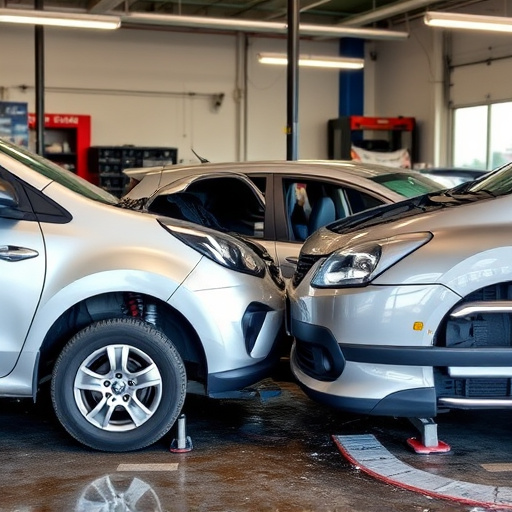
3D car scanning technology has revolutionized the automotive industry by offering precise and efficient methods for capturing vehicle data. This innovative process involves using specialized cameras and lasers to create detailed 3D models of cars, providing an unparalleled level of accuracy in measurements. Unlike traditional manual measurements, which can be time-consuming and prone to human error, 3D scanning technology quickly captures every curve and contour, resulting in comprehensive digital representations.
In the realm of automotive repair services, particularly for luxury brands like Mercedes Benz repair, this technology is invaluable. Collision repair shops, for instance, utilize 3D car scanning to assess damage accurately, ensuring that repairs are carried out with precision and minimizing wastage. By generating precise digital models, these shops can plan and execute repairs more effectively, ultimately leading to higher-quality outcomes and customer satisfaction in the collision repair process.
Manual Measurement: Traditional Approach
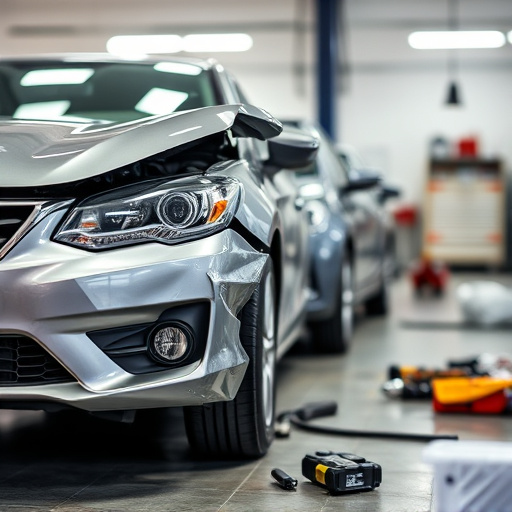
In the realm of auto repair services and vehicle bodywork, manual measurements have been the traditional approach for decades. Skilled technicians use tape measures, calipers, and their expertise to gauge every curve and contour of a car’s exterior. This meticulous process involves physically inspecting each panel, door, and fender, recording dimensions, and ensuring accuracy with a keen eye. While reliable, this method is time-consuming, prone to human error, and lacks the precision that modern advancements offer.
Contrasting this conventional technique, 3D car scanning technology emerges as a game-changer in the automotive industry. Advanced scanners capture intricate details of a vehicle’s surface, transforming them into digital models with remarkable accuracy. This innovative approach allows for rapid and precise measurements, eliminating subjective errors often associated with manual methods. For car repair shops, adopting 3D scanning technology can streamline processes, enhance productivity, and provide an unparalleled level of detail for both routine maintenance and complex repairs involving vehicle bodywork.
Comparison: Advantages and Limitations
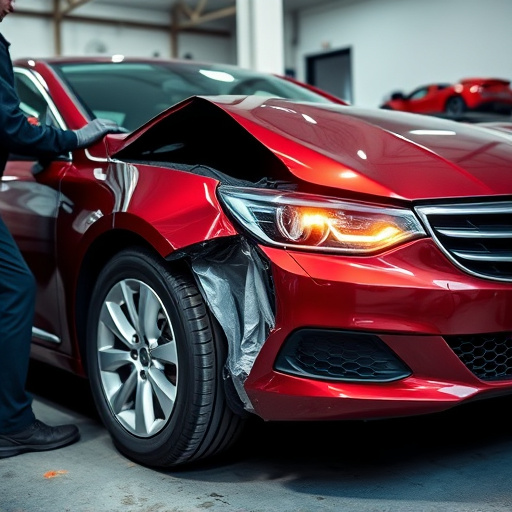
When comparing 3D car scanning technology to traditional manual measurements for vehicle bodywork, several key advantages and limitations come into play. 3D car scanning technology offers unparalleled precision and efficiency, allowing for rapid digital capture of a vehicle’s dimensions and surface details. This advanced method significantly reduces the time typically required for manual measurement, eliminating human error and ensuring consistent results. For car repair shops and car body repair specialists, this translates to faster turnaround times and improved workflow management.
However, manual measurements still hold value, particularly in scenarios where detailed inspection of specific areas is crucial. While 3D scanning provides a comprehensive view of the entire vehicle, manual techniques excel at pinpointing intricate details and subtle imperfections visible only through close examination. For vehicle bodywork that demands meticulous repair or restoration, combining both technologies can be ideal, leveraging the strengths of each for optimal results.
3D car scanning technology offers a significant leap forward in accurate vehicle measurement compared to manual methods. By providing detailed digital models, it streamlines processes like customization, repair, and restoration. However, manual measurements remain indispensable for initial assessments and certain intricate tasks due to their cost-effectiveness and human expertise. Ultimately, the choice between these methods depends on specific project requirements, budget, and available resources. Embracing 3D scanning where feasible can enhance efficiency and precision across various automotive industries.
